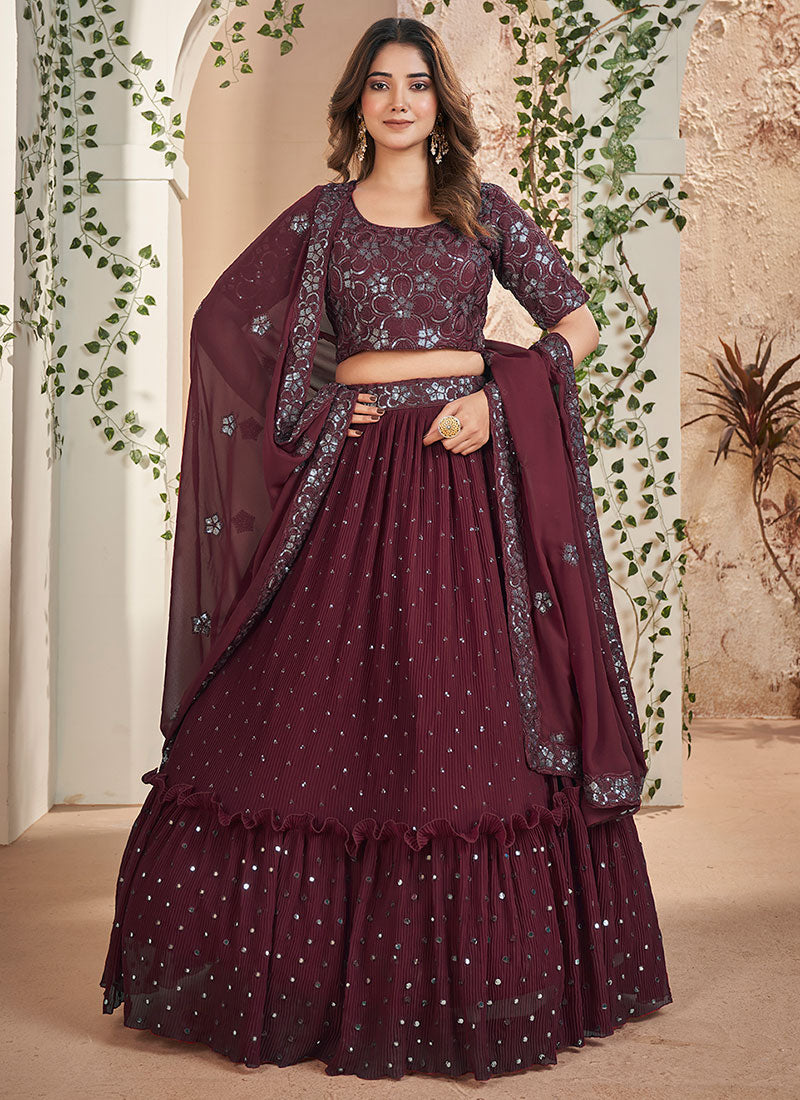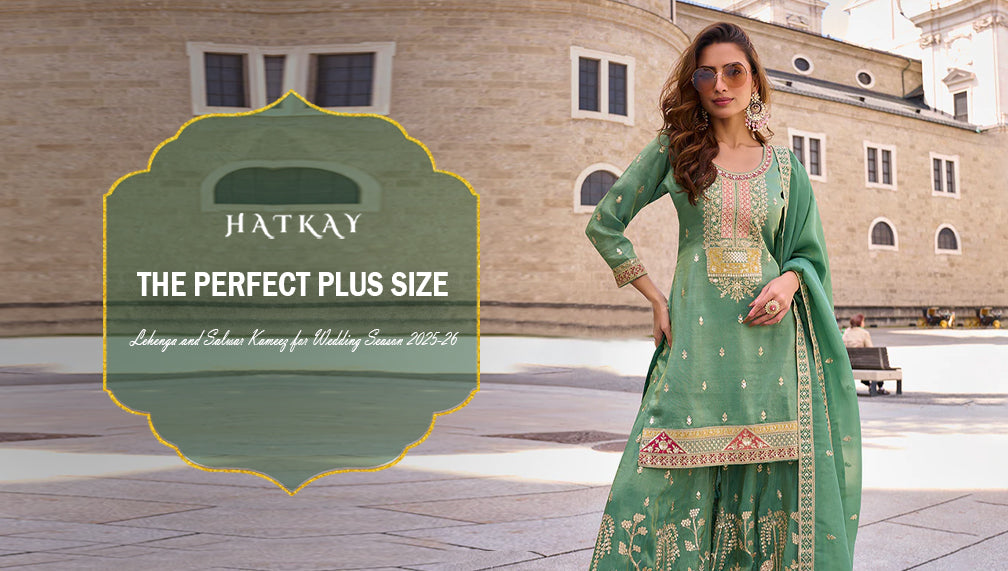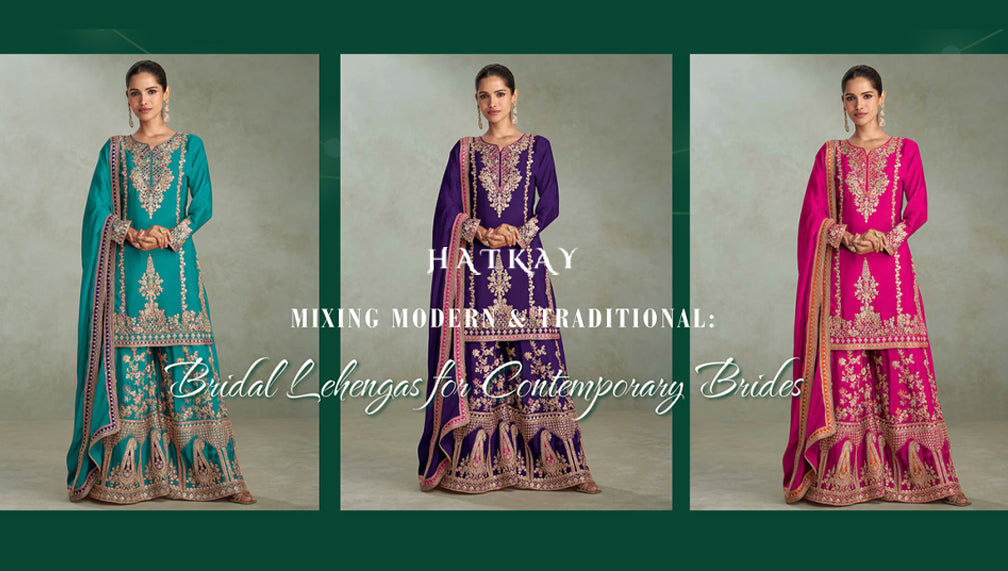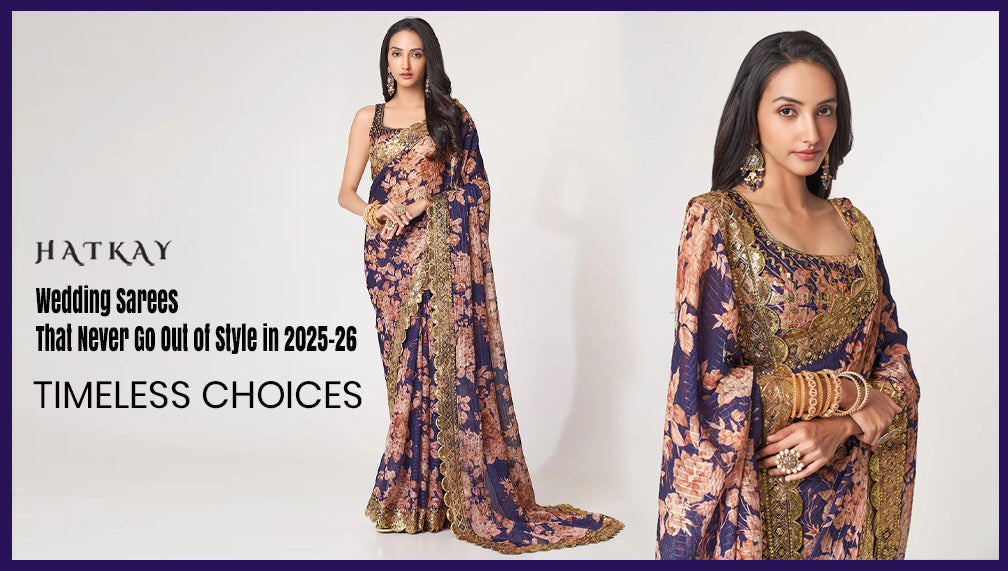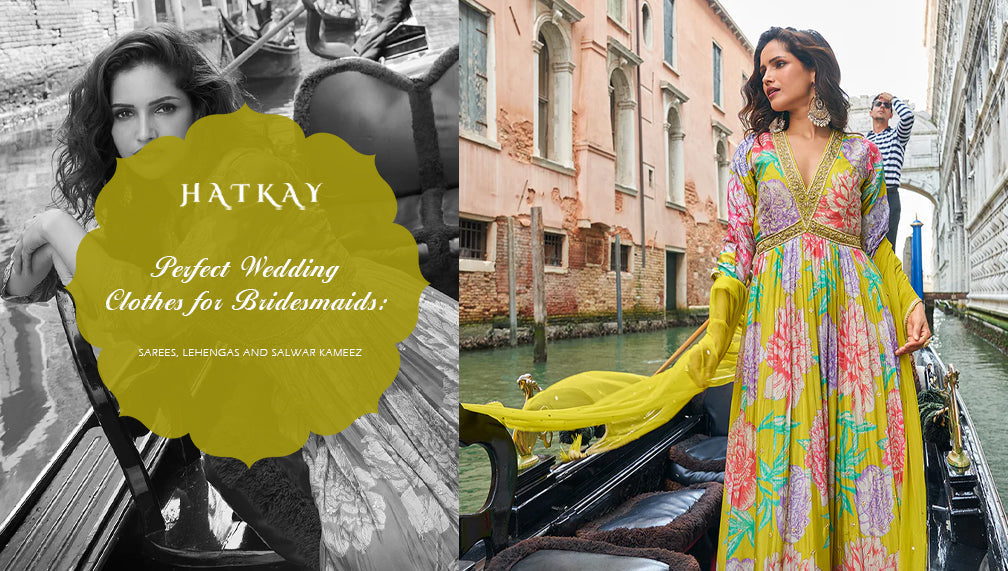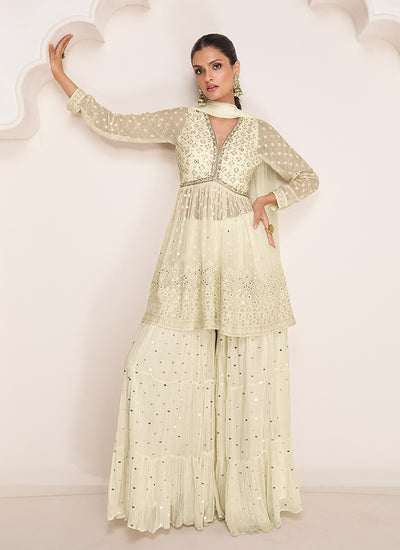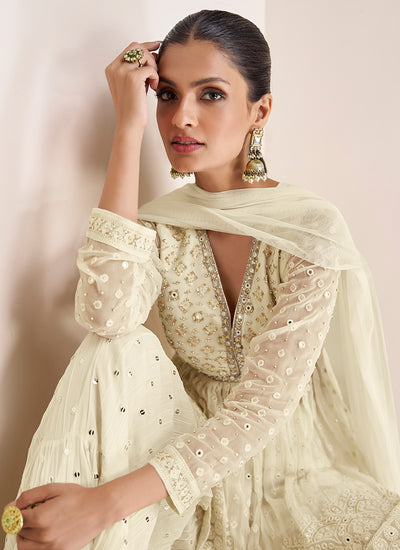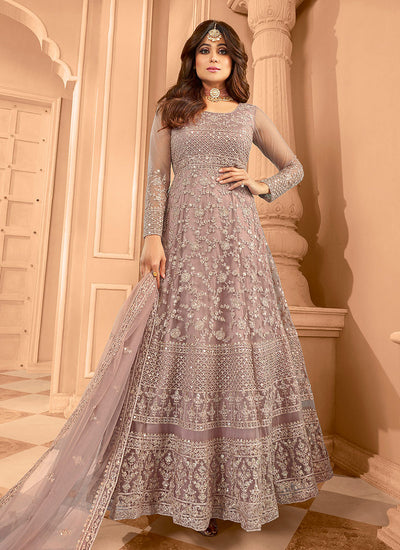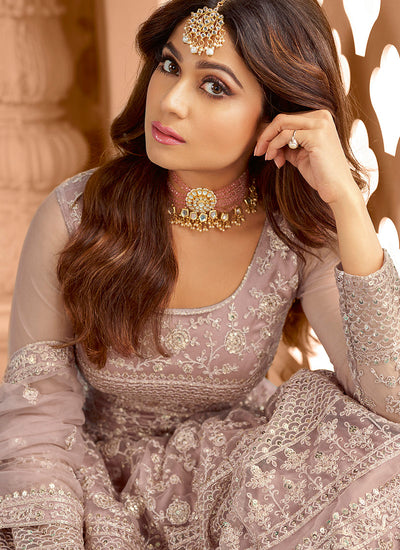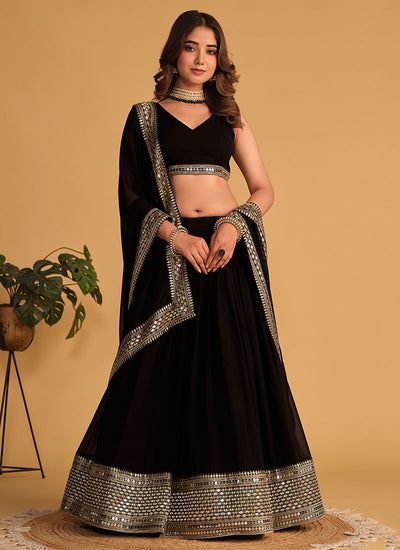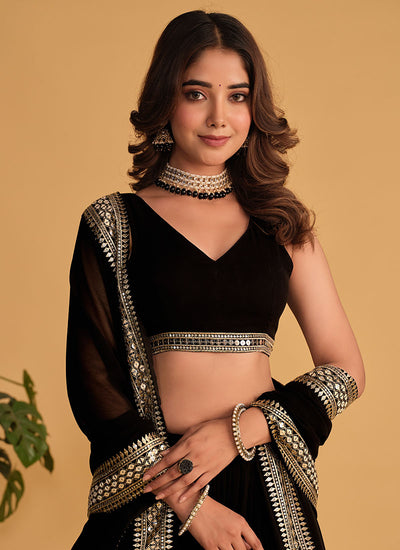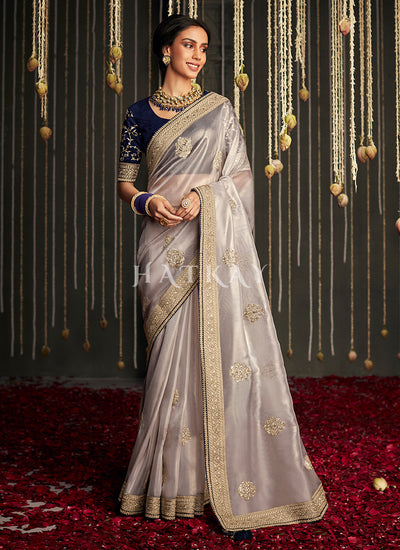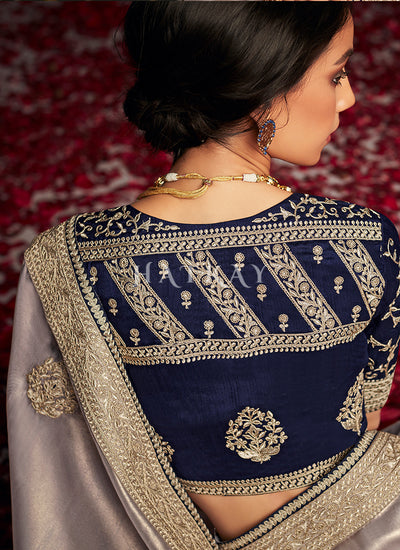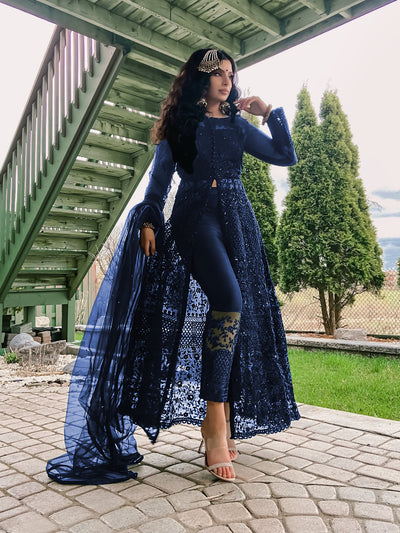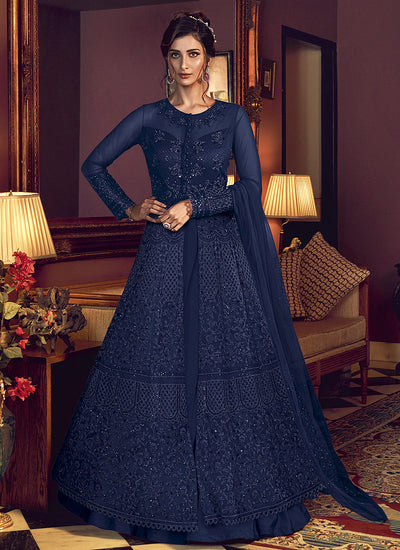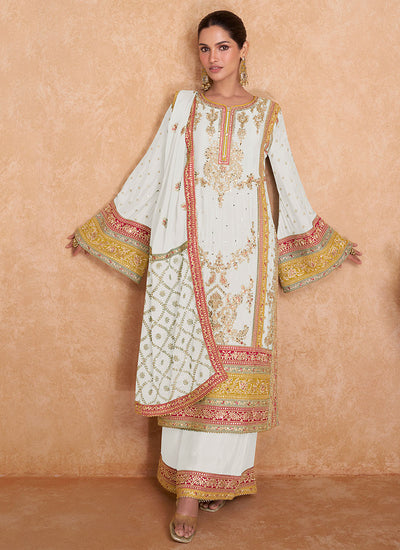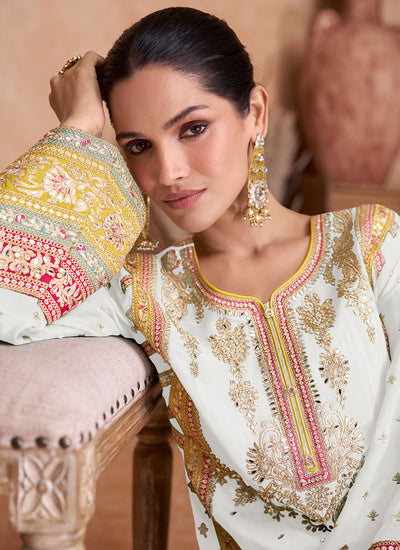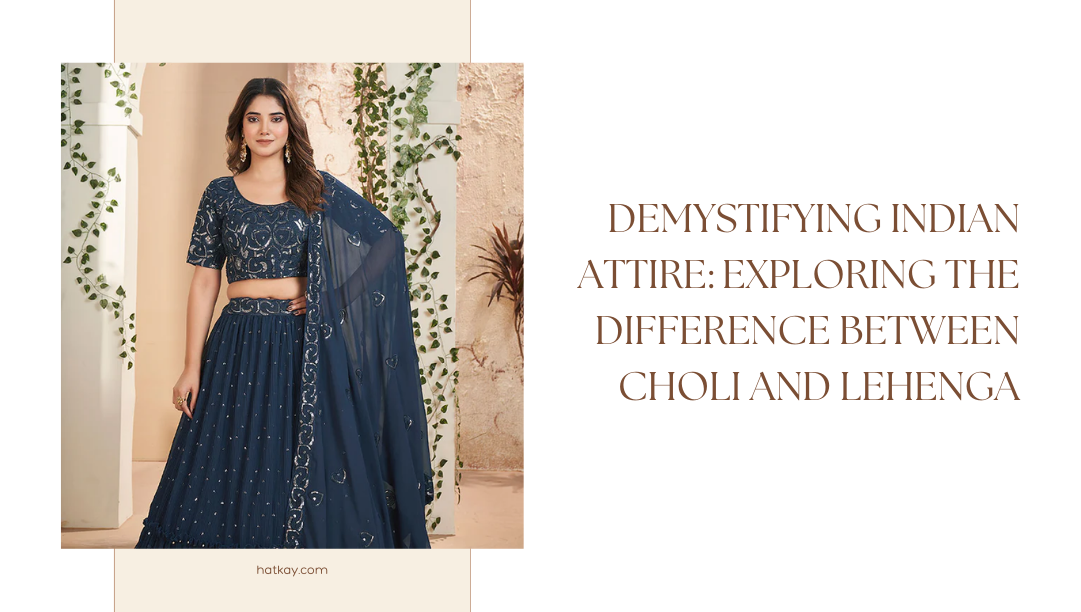
Demystifying Indian Attire: Exploring the Difference Between Choli and Lehenga
In the vibrant world of Indian fashion, the terms "choli" and "lehenga" are frequently used to describe traditional attire worn by women, especially during weddings and festive occasions. While they are often paired together, there exists a distinct difference between these two garments. Let's embark on a journey to unravel the intricacies of choli and lehenga, exploring their origins, designs, and cultural significance.
Understanding Choli:
The choli, also known as a blouse or bodice, is an integral component of traditional Indian attire, particularly in the context of ethnic wear like sarees and lehengas. It is a fitted garment that covers the upper body, typically ending just below the bust and featuring short or long sleeves. Cholis come in various styles, ranging from simple designs for everyday wear to heavily embellished pieces reserved for special occasions like weddings and festivals.
Origins and Evolution:
The origins of the choli can be traced back to ancient India, where it was initially worn as a form of modest attire by women in different regions. Over time, the design and style of the choli evolved, reflecting changes in fashion trends, cultural influences, and social norms. Today, the choli remains an essential element of traditional Indian ensembles, serving as a canvas for intricate embroidery, beadwork, and other embellishments.
Variety in Design:
Cholis exhibit a diverse range of designs, catering to various preferences and occasions. While some feature high necklines and full sleeves for a more conservative look, others may showcase deep necklines and backless styles for a bold and contemporary appeal. Additionally, cholis can be tailored to complement different body types, with options such as princess-cut, A-line, and peplum styles offering flattering silhouettes.
Cultural Significance:
Beyond its aesthetic appeal, the choli holds cultural significance in Indian society, symbolizing femininity, grace, and tradition. It plays a crucial role in defining the overall look of traditional Indian attire, whether it's paired with a saree, lehenga, or salwar kameez. In weddings, the design and embellishment of the bride's choli often hold symbolic meaning, reflecting familial traditions and auspicious motifs believed to bring prosperity and happiness.
Exploring Lehenga:
The lehenga is a voluminous skirt that is typically worn with a choli and a dupatta (scarf or stole) to complete the ensemble. Unlike sarees, which are draped, lehengas are stitched garments that feature a fitted waistband and flared skirt, creating a flattering silhouette that accentuates the waist and hips. Lehengas come in various styles, ranging from traditional to contemporary, and are favored for their versatility and timeless appeal.
Historical Roots:
The lehenga has a long history dating back to ancient India, where it was worn by women of royalty and aristocracy as a symbol of elegance and refinement. Over the centuries, the design of the lehenga has evolved, incorporating influences from different regions and cultures across the Indian subcontinent. Today, it remains a popular choice for weddings, festivals, and other celebratory occasions, cherished for its opulent craftsmanship and regal allure.
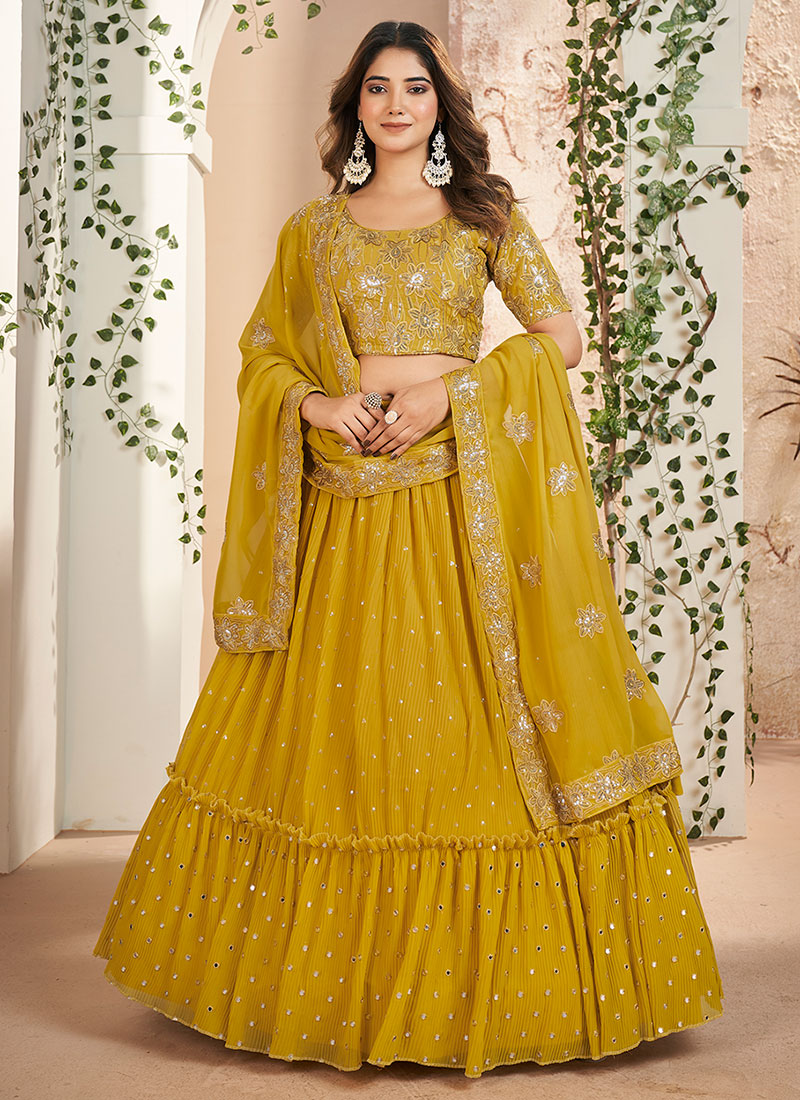
Design Elements:
Lehengas are characterized by their elaborate embellishments, which often include intricate embroidery, zari (metallic thread) work, sequins, and beads. The skirt may feature layers of fabric, such as silk, chiffon, or georgette, to create volume and movement. Depending on the style and occasion, lehengas may be adorned with traditional motifs like paisleys, florals, or geometric patterns, each carrying its own cultural significance.
Regional Variations:
Like many other Indian garments, lehengas exhibit regional variations in terms of design, fabric, and embellishment. For example, the traditional Rajasthani lehenga is known for its vibrant colors, mirror work, and gota (metallic ribbon) embroidery, while the South Indian pattu pavada lehenga is distinguished by its rich silk fabric and intricate temple borders. These regional styles reflect the diverse cultural heritage of India and add depth to the country's sartorial landscape.
In conclusion, while the terms "choli" and "lehenga" are often used interchangeably, they refer to distinct components of traditional Indian attire worn by women. The choli, or blouse, serves as the upper garment that covers the torso, while the lehenga is a voluminous skirt worn with the choli to create a complete ensemble. Together, they embody the timeless elegance and cultural richness of Indian fashion, showcasing a harmonious blend of tradition and innovation. As we continue to celebrate the beauty of Indian attire, let us embrace the diversity and heritage that make each piece unique and cherished.
Purchase Indian clothes such as Salwar Kameez, Indian Sarees, Lehenga Choli, Anarkali Suits, Punjabi Suits, and more from Hatkay today at the most competitive market prices.













